-
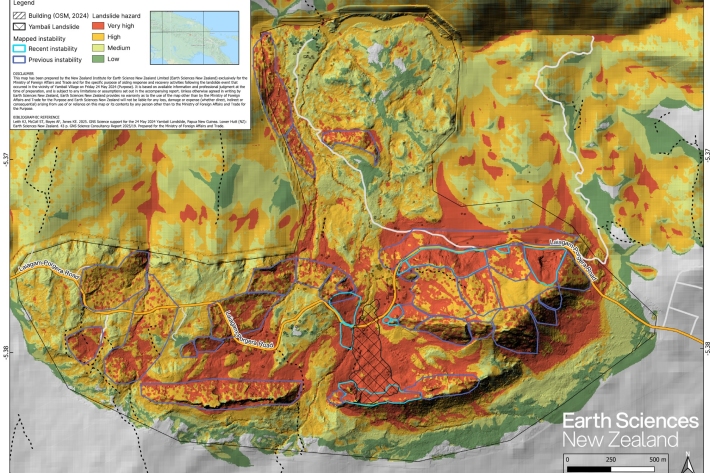
Supporting Papua New Guinea landslide response
Publication article11 November 2025In May 2024, a massive landslide buried Yambali village, resulting in significant loss of life and severing road access, prompting an urgent humanitarian response. -

2026 Floating University application launched
Publication article11 November 2025Calling all Pacific early career researchers. -

Formalising partnership for a resilient Blue Pacific
Publication article11 November 2025New MOU Strengthens Pacific Environmental Partnership.
-
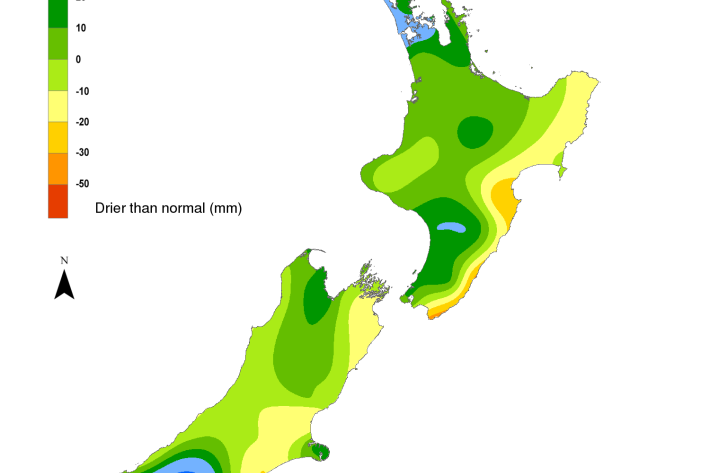
Hotspot Watch 6 November 2025
Hotspot06 November 2025A weekly update describing soil moisture patterns across the country to show where dry to extremely dry conditions are occurring or imminent. -
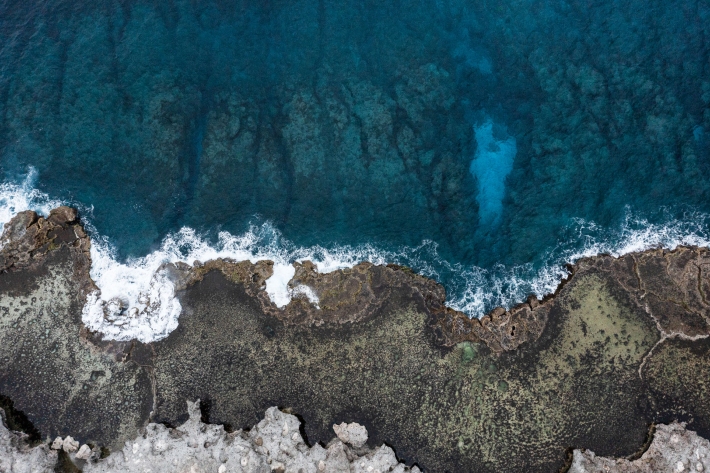
Sensors, science and sea change: tackling ocean acidification together
News article01 November 2025Experts met at Solomon Islands National University to learn hands-on monitoring techniques for ocean acidification. -
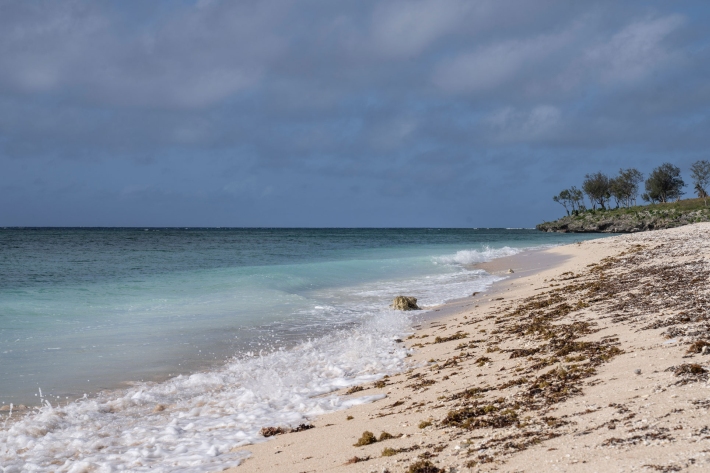
Recovery in Ha’apai: science supporting resilience
News article01 November 2025Dr Emily Lane joins Ha’apai research visit to assess recovery from 2022 eruption and tsunami. -
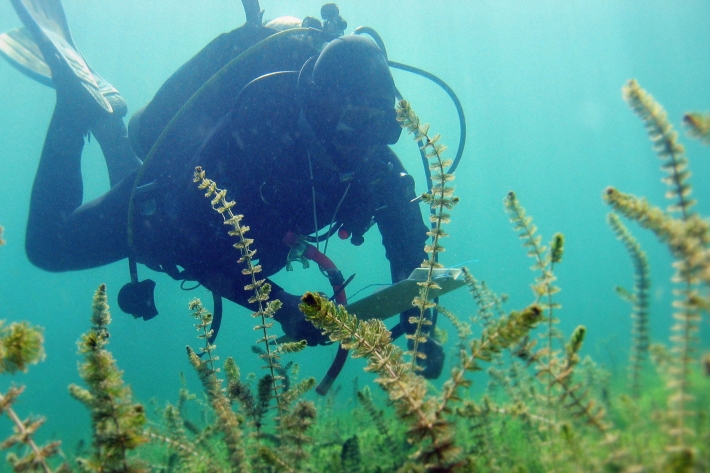
Earth Sciences NZ staff profile: Aleki Taumoepeau
News article01 November 2025Aleki Taumoepeau is an Aquatic Biology Technician specialising in freshwater biosecurity and aquatic plant ecology. -

Adapting together: science, culture and climate resilience
Publication article01 November 2025Ōtautahi Christchurch hosted NZ’s largest-ever climate event, uniting global leaders and experts, 13–16 October. -

Hotspot Watch 31 October 2025
Hotspot31 October 2025A weekly update describing soil moisture patterns across the country to show where dry to extremely dry conditions are occurring or imminent. -
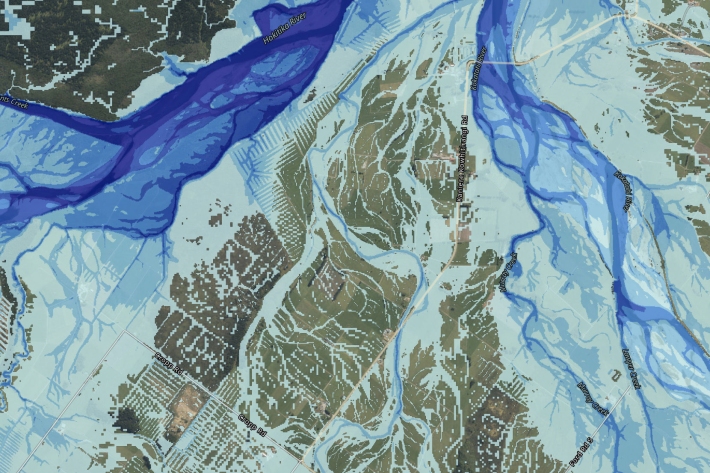
Nationwide study reveals escalating flood risk
Media release30 October 2025New research led by Earth Sciences New Zealand reveals that more than 750,000 New Zealanders live in locations exposed to flooding from one-in-100-year rainfall flooding events. -
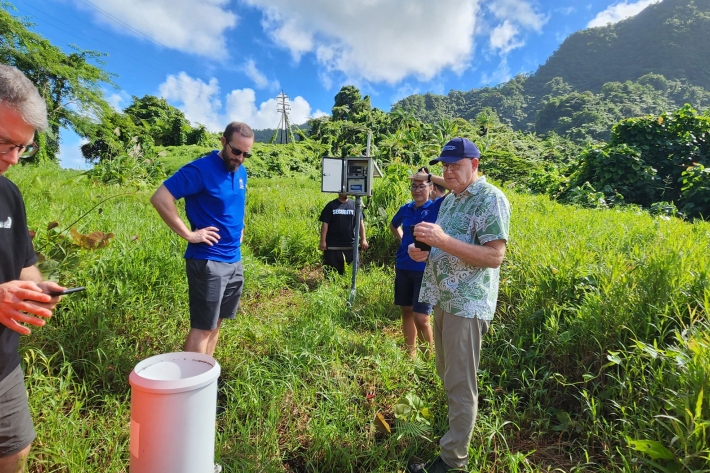
Climate and Oceans Support Program in the Pacific Award - Recognising Alan Porteous
Publication article24 October 2025More than 30 years of service and support to Pacific climate services. -
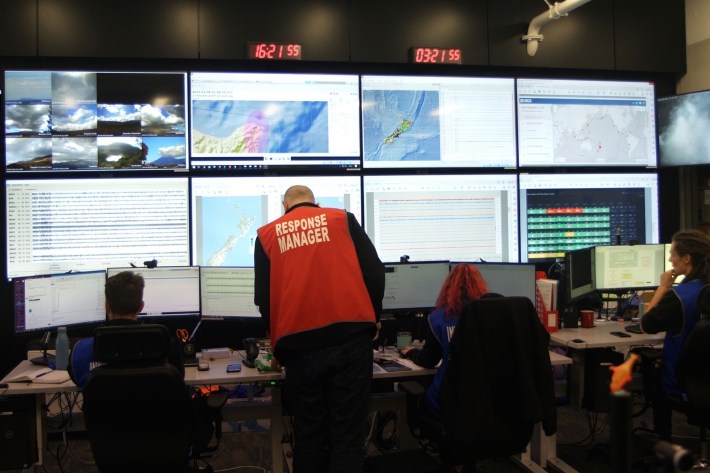
Earth Sciences Hosts Papua New Guinean Study Tour
Publication article24 October 2025Supporting Pacific multi-hazard early warning development
